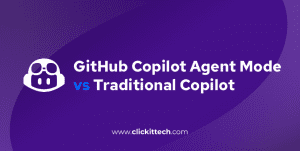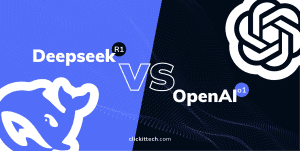In the last years, the virtualization and the cloud have been hard to understand, since they can not be touch or see. Microsoft say that “virtualization involves using softwares to create virtual machines (VMs) that simulate a physical host” and in that way take advantage for all the resources that we have and make the company revenues considerably grow. OVH offers a rental of the most capable servers, that’s why to grab every resource we’ve decided to implement XenServer. It specializes in server virtualization.
What is OVH?
OVH is a web hosting provider: it offers dedicated servers, shared hosting, domains register, and so many services. It also has the world’s server facilities and its own network of optical fibre with DWDM technology.
What is XenServer?
XenServer is a well known operating system because of its server virtualization capacity, which means that the resources of the main server can be distributed between the virtual machines (VM), where they can perform different practices, in this case, migrations.
Why choosing OVH and XenServer?
The combination of OVH and XenServer comes into a strong tool, since the servers that OVH offers has powerful resources, they accomplish the high standards that XenServer establish with low costs.
What was done…
It is clear that we need to install XenServer in the main server and to implement a private network for the private IP’s assignation in the VM.
After this we need to create every desired VM, choosing their operating system and assigned them a private IP.
At the end of the installation, we need to assign the XenServer ports in IPTABLES, those are going to guide to some VM ports. After this every necessary installation is done in order to correctly execute the app (LAMP, LEMP, composer, and so others).
The last part could be the most difficult; the installation and configuration of HAProxy. This service is used to avoid the specification of ports, whereby the web server of the virtual machine “listen”. In this case, just by writing the app domain it will get there.
The benefits for this strategy implementation are:
- It can be assign one server for each app.
- It has a low cost.
- Every Virtual Machine can be configured depending on the app.
Having an app on a shared server is not always the best option, since, as its name say, all the resources are shared and the configurations are limited. OVH is an excellent provider of IT services, but hand in hand with XenServer, the servers are totally exploited.
If you want to know more about the benefits of the cloud in companies, read our blog here or our success story of mobile app









